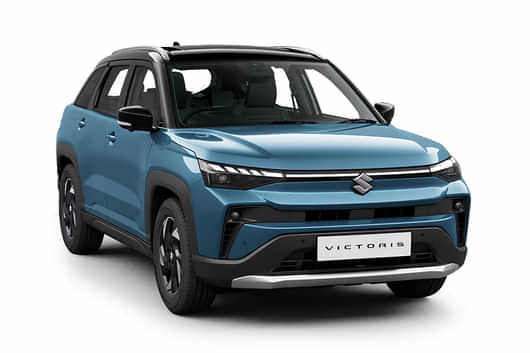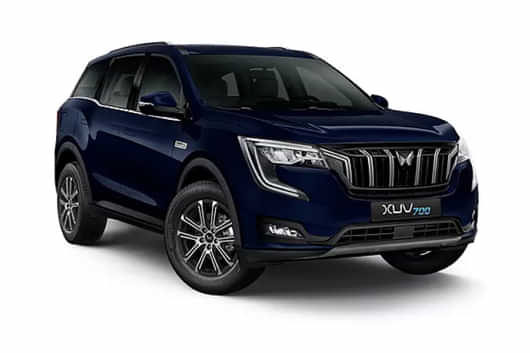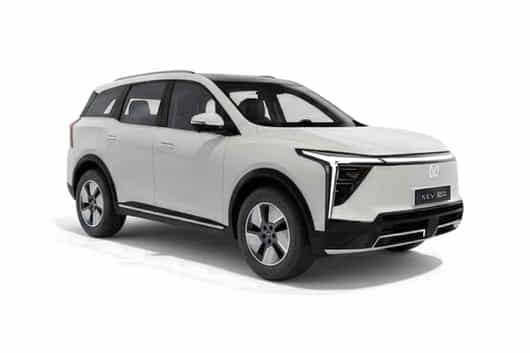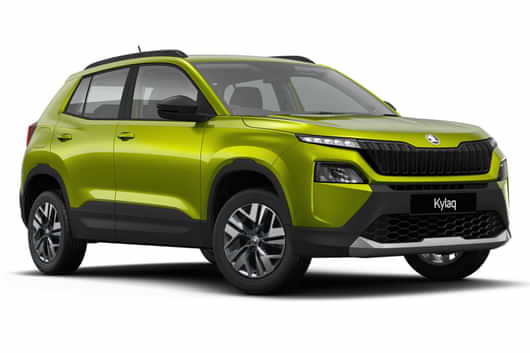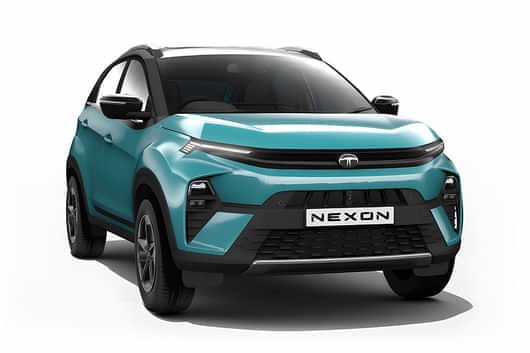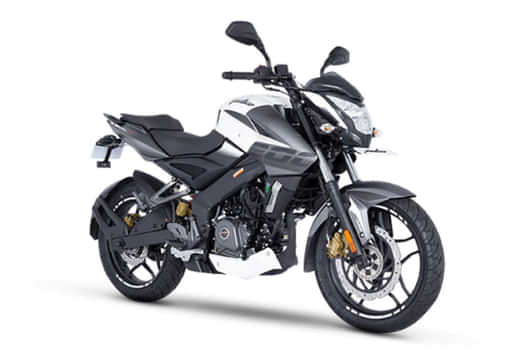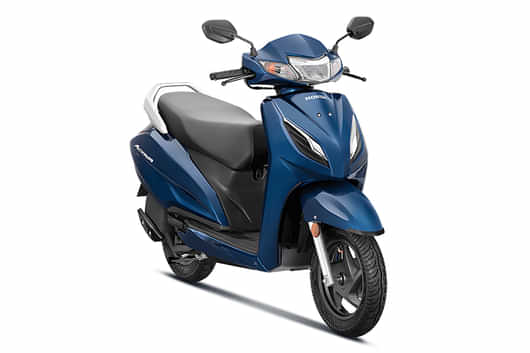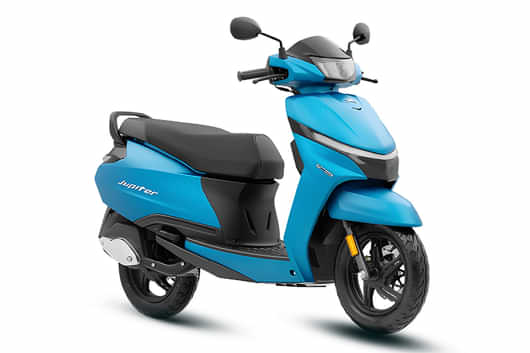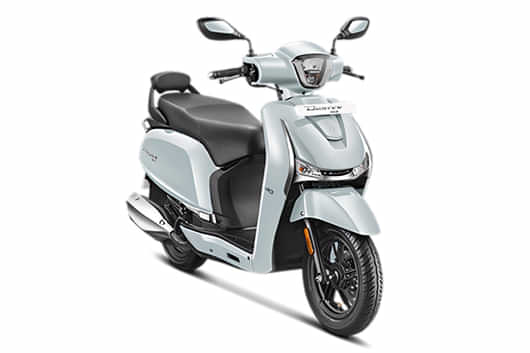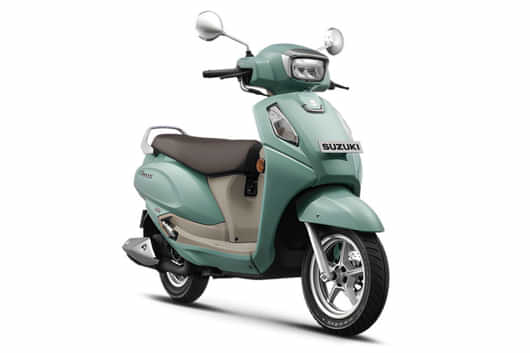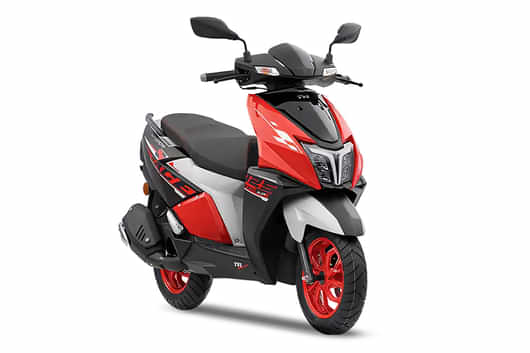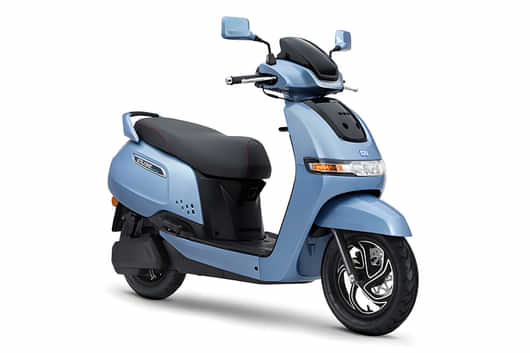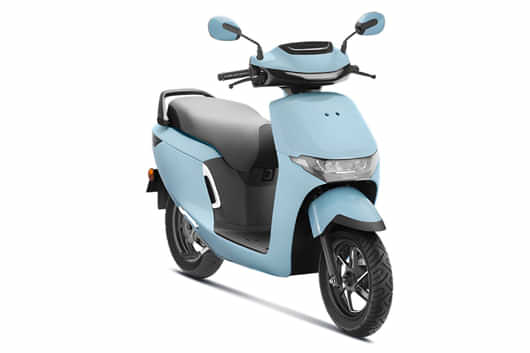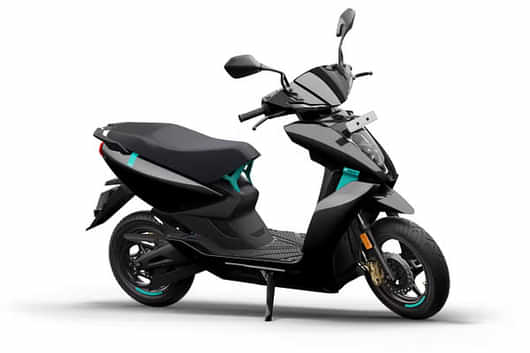
KEY HIGHLIGHTS
- Read how AWD and FWD are completely different and how does they impact driving.
- Why every car we see is a FWD, nowadays? Read to find out
- Explore all drivetrains and what are there advantages and disadvantages.
Different types of drivetrains offer unique driving experiences, each with its own advantages and disadvantages. Nowadays, many compact SUVs, which are essentially raised and stretched hatchbacks, use front-wheel drive (FWD). These vehicles give the appearance of an SUV but don't have the same capabilities. In contrast, true SUVs usually rely on rear-wheel drive (RWD) drivetrain for better performance and handling. This distinction can be confusing, but we're here to explain the different types of drivetrains. So buckle up, and let's dive in! Also, make sure to join our 91Wheels WhatsApp Group for the latest automotive updates.

FWD Drivetrain
The most common and easiest to maintain is the Front-Wheel Drive (FWD) system. In a FWD vehicle, the engine sends power to the front wheels, pulling the rear wheels along. The benefits of this system include superior fuel economy, easy maneuverability, shorter U-turns, and lower maintenance costs. These advantages make FWD a popular choice for many drivers, especially in everyday driving conditions..
The single biggest reason why many vehicles nowadays use FWD is fuel economy. The engine doesn't have to work harder to move the car, resulting in fuel savings. However, there are a few drawbacks to consider. For example, FWD cars may not have as engaging driving dynamics as RWD vehicles. Additionally, the front wheels tend to wear out faster than the rear wheels.
Some of the examples of FWD cars are; Maruti Suzuki Swift, Honda City and Toyota Innova Hycross.

RWD Drivetrain
Rear-Wheel Drive (RWD) operates by sending engine power to the rear wheels through differentials via a propeller shaft. Vehicles with RWD exhibit agility and superior handling because the front wheels are primarily responsible for steering, allowing the rear wheels to focus on propulsion. This setup is favored in sports cars, full-size sedans, and SUVs for its performance advantages.
Moreover, RWD vehicles tend to distribute responsibilities more evenly between the front and rear tires, resulting in more balanced wear patterns compared to Front-Wheel Drive (FWD) cars where the front tires handle both steering and propulsion.
The disadvantages of Rear-Wheel Drive (RWD) include lower fuel efficiency and reduced traction, especially on wet roads. Videos often show RWD cars losing balance quickly because they struggle to gain instant traction, sometimes resulting in drifting accidents or collisions with dividers. Additionally, RWD vehicles tend to be more expensive to maintain compared to front-wheel drive (FWD) counterparts.
Some of the examples of this drivetrain, are Toyota Innova Crysta, BMW 5 Series, Mercedes Benz GLS Class.

AWD Drivetrain
As the name suggests, All-Wheel Drive (AWD) sends power to all four wheels, resulting in excellent road grip. This significantly improves handling compared to rear-wheel drive, offering a far superior driving experience. One of the best examples of an AWD system is Audi's Quattro, originally developed for their rally car. This system became legendary, contributing to Audi's reputation for performance and handling in sports cars.
One thing to note is that the purpose of AWD is not just for off-roading, but to provide equal traction to all wheels, ensuring maximum grip on roads. This is why you often see sedans with AWD badging, as it enhances stability and control, especially in adverse weather conditions.
The disadvantages of owning an AWD car include worse fuel economy, as the system adds a lot of weight to the vehicle. Additionally, AWD systems are complex, leading to higher maintenance costs.
Some of the best examples of AWD are BMWs xDrive, Audis Quattaro and Mercedes Benz 4-Matic. Another great example is Maruti Suzuki Grand Vitara.

4WD Drivetrain
A 4WD system means all four wheels receive power, but it can often be shifted to a 2WD mode, typically sending power to the rear wheels. For off-road adventures and reaching unexplored areas, a 4WD vehicle becomes essential. Modern cars with intelligent systems have elevated off-roading capabilities. These systems can detect which wheel needs the most power and traction to overcome obstacles. By locking the wheels that are in the air and transferring power to the wheels on the ground, they enhance the vehicle's ability to navigate challenging terrain.
Cars with a 4WD drivetrain often come with "Locking Differentials." This feature allows the driver to manually lock the axles, sending equal torque to all wheels, which helps navigate tough terrain more easily. It performs a function similar to what a computer does automatically in some vehicles, but gives the driver direct control.
The downside of owning a 4WD SUV is poor fuel economy. These vehicles are heavier, which increases fuel consumption significantly. Additionally, if the 4WD system gets damaged, repairs can be very costly due to its complexity. If you don't plan to take your 4WD vehicle off-road, it can become a burden over time. The true potential of a 4WD system is best experienced in rugged, off-road environments.
Examples of 4WD drivetrain are; Mercedes Benz G-Class, Land Rover Defender, Toyota Land Cruiser and BMW X5.
So, these are the main types of drivetrains available in the automobile industry: Front-Wheel Drive (FWD), Rear-Wheel Drive (RWD), All-Wheel Drive (AWD), and Four-Wheel Drive (4WD). There are also variants like Part-Time 4WD and Full-Time 4WD. Understanding these mechanisms will clear up any confusion and help you make an informed decision when buying your next car.
Also Read: Monsoon Tips for Cars: Here's How You Can Make Your Car Rain-Ready
Verdict
Before investing your money in buying a car, it's crucial to thoroughly research which car with what drivetrain mechanism will perfectly suit your driving habits. This ensures that your decision is worth every penny. Understanding how different drivetrains like FWD, RWD, AWD, or 4WD impact your driving experience will help you make an informed choice tailored to your needs and preferences.

























